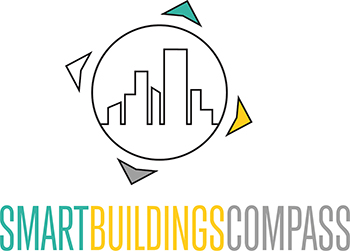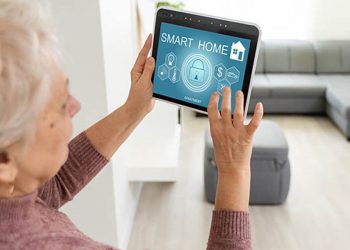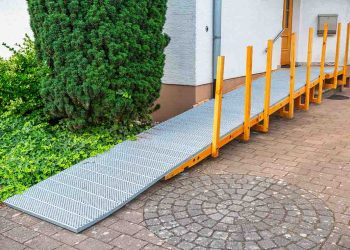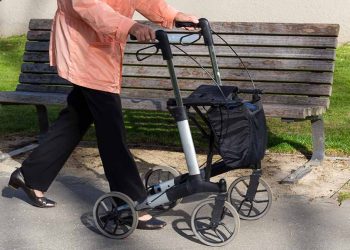Smart Living is an umbrella term for people’s lives in a digitized environment. It encompasses the smart home, but goes beyond looking exclusively at the private residential sector. It also includes the networking of apartments, buildings and neighborhoods. For this reason, smart living is often used as a collective term for different areas of application of intelligently networked systems in living environments.
Smart Living has a very broad approach, but people are always at the center. The technology is designed to make life easier, more pleasant, more resource-efficient and also safer. Among other things, Smart Living aims to support the energy transition and provide solutions for the demographic development of an increasingly aging population.
Under the partial aspect smart mobility refers to measures that promote a shift in transportation, such as mobility sharing or intelligent offers to strengthen public transportation. It also includes measures to intelligently connect home charging points to the grid. Electric cars should only be charged when enough green electricity is available. The so-called intermodal approach combines different means of transport. to reduce CO2 emissions and increase travel comfort.
Smart Health applications help people with health impairments live self-determined(er) lives in their home environment. The basis for this is open, flexible platformers that can adapt to people’s needs. In rural areas, such systems can ensure that people in need of care receive safe and good outpatient care for longer than has been the case to date. This increases the quality of life of those affected and also reduces costs.
In smart cities, mobility and logistics services can also help make people’s lives easier. For example, they can inform residents about free parking spaces, loaner vehicles or low-cost public transport offers in their area and enable them to book these digitally for themselves.
Other areas of smart living include smart education, smart environment and smart governance .

















